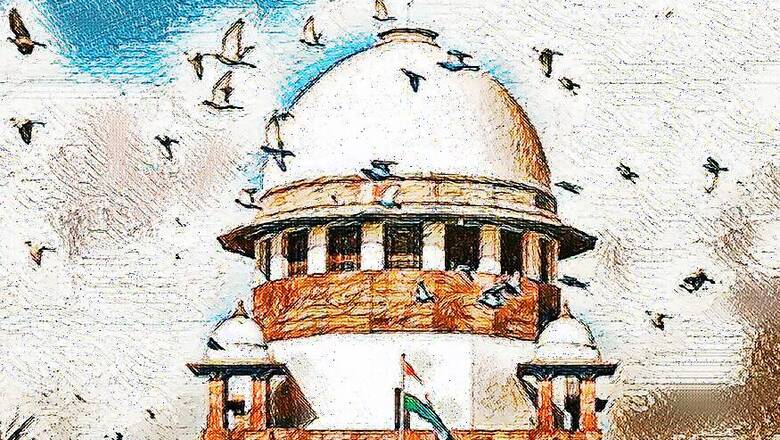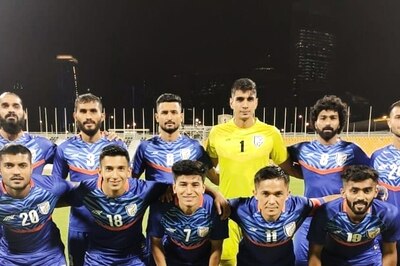
views
New Delhi: The Supreme Court, in the long-awaited Ayodhya verdict, concluded that the “three-way bifurcation” of the Allahabad High Court was “legally unsustainable”.
The apex court brought down the curtains on the Ram Janmabhoomi-Babri Masjid issue, one of India’s longest running title disputes in India and it gave the entire 2.77 acre land to the Hindu parties with a trust to be formed by the Union government, within three months to monitor the construction of the Ram Temple.
The Sunni Waqf board will be given 5 acres of alternate land, a five-judge bench of the Supreme Court ruled in the unanimous verdict. The Nirmohi Akhara also suffered a setback with the court saying it is not a ‘shebait’ or devotee of the deity Ram Lalla.
In the judgment, the CJI Ranjan Gogoi-led bench of Justices SA Bobde, DY Chandrachud, Ashok Bhushan and S Abdul Nazeer, said, “We have already concluded that the three-way bifurcation by the High Court was legally unsustainable. Even as a matter of maintaining public peace and tranquility, the solution which commended itself to the High Court is not feasible.”
“The disputed site admeasures all of 1,500 square yards. Dividing the land will not subserve the interest of either of the parties or secure a lasting sense of peace and tranquility,” the judgment added.
The apex court also noted that the disputed site was “one composite whole”. It said in the judgment, “The disputed site is one composite whole. The railing set up in 1856-7 did not either bring about a sub-division of the land or any determination of title.”
In 2010, the Allahabad High Court had ruled that the main parties to the dispute – the Hindu parties, the Muslim parties and the Nirmoha Khara – would hold the joint title to the dispute party, with the bench dividing the party three ways, splitting it equally with each getting a third of the property.
It was the first big judgment in the case and the Allahabad High Court divided the 2.77 acre site equally among the three parties. The Sunni Waqf board, Nirmohi Akhara and Ram Lalla each got a third of the disputed land. The inner courtyard was given to Ram Lalla, the outer Ram Chabutara and Sita Rasoi went to Nirmohi Akhara and the outermost land was allotted to Sunni Waqf board.
All the three parties, dissatisfied with the High Court's verdict approached the Supreme Court.



















Comments
0 comment